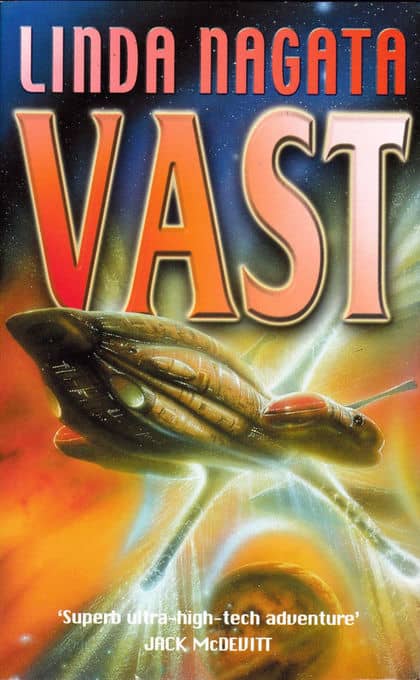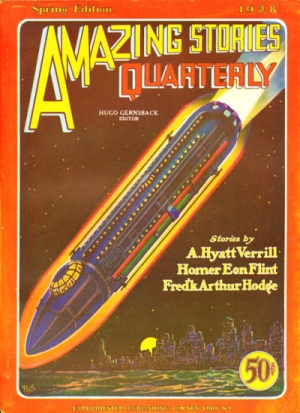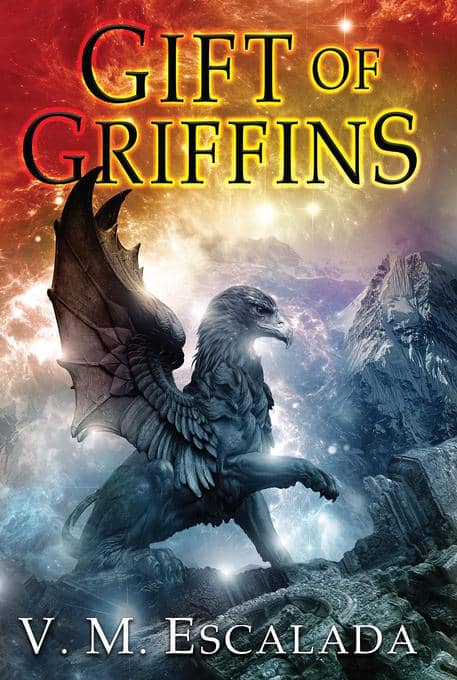The Valancourt Book of Horror Stories is a Master’s Course in Classic Horror
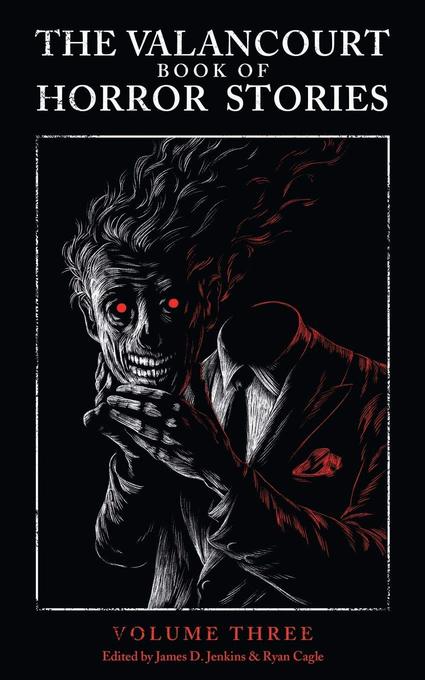 |
 |
I’m a huge fan of Valancourt Books, ever since I stumbled on their eye-popping booth at the 2014 World Fantasy Convention. They’re an independent small press specializing in rare, neglected, and out-of-print Gothic, Romantic and Horror fiction, and two years ago they had a brilliant idea: why not assemble an annual anthology showcasing stories by some of their authors, modern and otherwise? The Editor’s Forward to the first volume gives you the idea:
The idea behind this anthology was, “What if we distilled the best of each part of our catalogue into a single volume? What would a horror anthology spanning two centuries, and featuring only Valancourt authors, look like?”
Pretty darn good, it turns out. These are substantial and attractive volumes, with terrific covers by M. S. Corley. The series has proven very successful, and the third volume arrives next month, with brand new fiction by Steve Rasnic Tem, Eric C. Higgs, and Hugh Fleetwood, and thirteen blood-curdling reprints from R. Chetwynd-Hayes, Helen Mathers, Charles Beaumont, J. B. Priestley, Robert Westall, and many more.
The series is edited by James D. Jenkins and Ryan Cagle. Here’s the details on all three books.
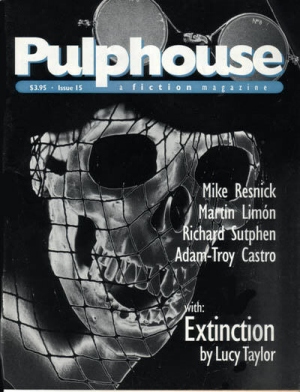
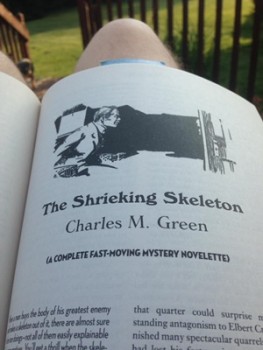
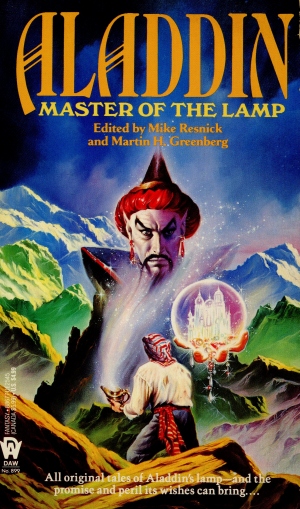
 For my last movie of 2018 in the Fantasia screening room I selected a Canadian horror movie called Lifechanger. Written and directed by Justin McConnell, it follows an entity named Drew (narrated by Bill Oberst Jr), who, born human, at age 12 developed the ability and need to change bodies with other people (which Drew does repeatedly through the movie, tying the film together with voice-over ruminations; thus the “narrated by” in the previous parenthesis). The process kills the other person, and leaves Drew trapped in a swiftly decaying body. For decades, he’s had to keep changing bodies every few days, the inevitable rot slowed only slightly by doses of cocaine. Lately, though, he’s convinced himself he’s fallen in love with a woman named Julia. Drew wants to be close to her, but how can he do that given what he is?
For my last movie of 2018 in the Fantasia screening room I selected a Canadian horror movie called Lifechanger. Written and directed by Justin McConnell, it follows an entity named Drew (narrated by Bill Oberst Jr), who, born human, at age 12 developed the ability and need to change bodies with other people (which Drew does repeatedly through the movie, tying the film together with voice-over ruminations; thus the “narrated by” in the previous parenthesis). The process kills the other person, and leaves Drew trapped in a swiftly decaying body. For decades, he’s had to keep changing bodies every few days, the inevitable rot slowed only slightly by doses of cocaine. Lately, though, he’s convinced himself he’s fallen in love with a woman named Julia. Drew wants to be close to her, but how can he do that given what he is?